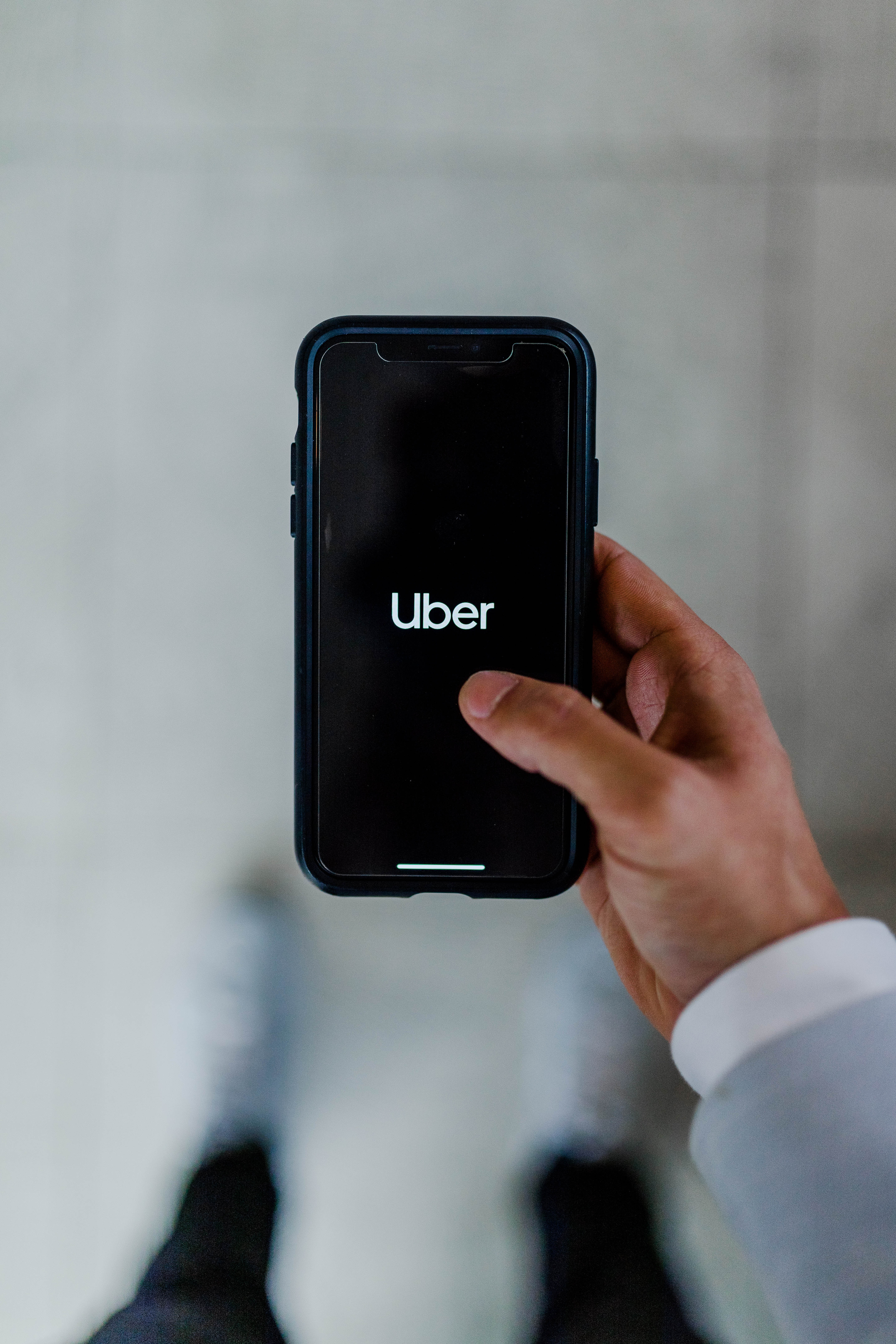Hundreds and Hundreds
Today, we are fortunate to enjoy countless pleasures given by technology.
Whether we want to go to work, to a concert or to a business meeting, we have hundreds of possible ways to reach our destination. Taking a look at an everyday scenario… Imagine yourself in a restaurant, which offers different dishes in various menus: vegetarian dishes can only be found in the vegetarian menu, fish dishes only in the fish menu, beef in the beef menu and the same with pork, desserts and drinks. Undoubtedly, you will be overwhelmed by information without any order or relation between them. It would be difficult to compare and impossible to keep an overview.
The same happens in our urban reality: Due to the variety of innovations and quality of transport means as well as the services that depend on it, it has become necessary to process a large amount of information on the same platform, for consumers as well as for the operators involved.
Do we want to use our privately owned car? Well, we have hundreds of alternatives such as Ubiqo, Oply, Drive Now, Flinkster, car2go, etc. Do we want to go by bike? Again we have hundreds of alternatives like LIDL- BIKE , Donkey Republic, Nextbike, Mobike, etc. The truth is that for each of our cravings we have different apps and suppliers offering something different.
But what would happen if we had all the options in the same menu?
The Integration is Possible
Public real-time Application Programming Interfaces (APIs) represent a fundamental factor in data infrastructure, as they facilitate multi-modal and multi-operator travel, promoting a fair and competitive mobility market. This means that through APIs a mobility operator can provide access to real-time information about its service in a standard data format. In the same sense, Non-Governmental Organizations have been working in the creation of common principles that encourage the use of APIs in order to guarantee the efficiency of the services that operate in public streets. There are three fundamental factors:
- through public APIs, information on different services and modes of transport can be integrated in order to increase efficiency in multi-modal travel.
- Ensuring a competitive market; the APIs show different competitive options among themselves in order to give consumers more possibilities to choose the best and most appropriate service – the user or consumer can easily mix and match options.
Public supervision of transport; APIs are available to both app developers and the general public. This makes it easy to control efficiency in a city.
Finland, a step ahead
In 2017,the Act on TransportServiceshas beenintroduced in Finland, which highlights two important aspects: the digitization of transport and technological infrastructure. The new law requires the opening of an API for public and private service providers. Everyone can be integrated intoa seamless travel chain, which is paid for by a mobile system. With this, all modes of transport are unified in an integrated system. Finally, it enables Finnish citizens to adhere to a ticketing system that includes all possible options to move from one place to another without any complication.
To sum it up: The idea of an urban infrastructure that connects different types of transport and, in turn, makes data collection on the quality of services available to consumers and operators is an essential step forward for today’s society. The value of innovation in cities exists when the power of information prioritizes users needs and rights over everything else.
